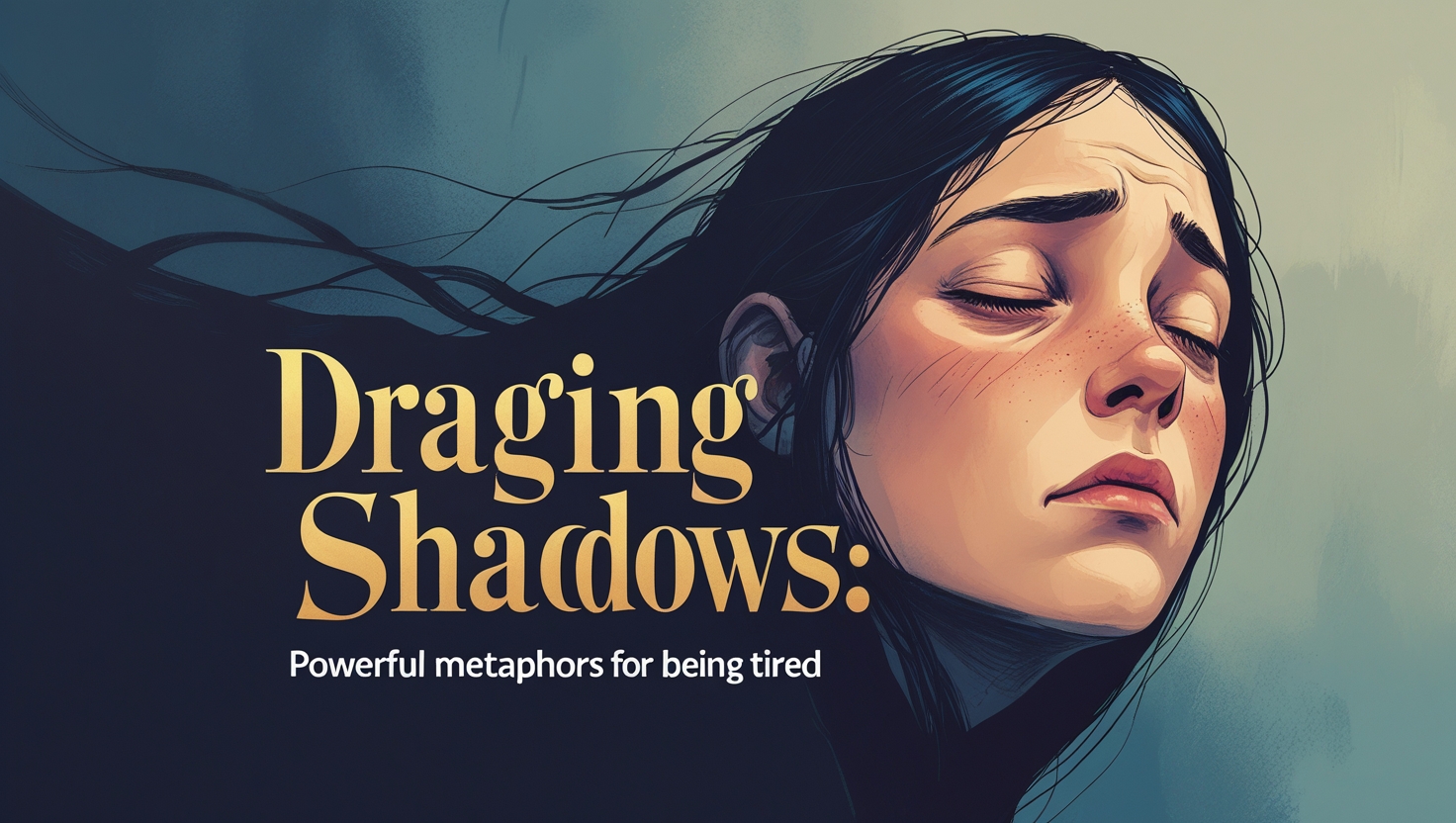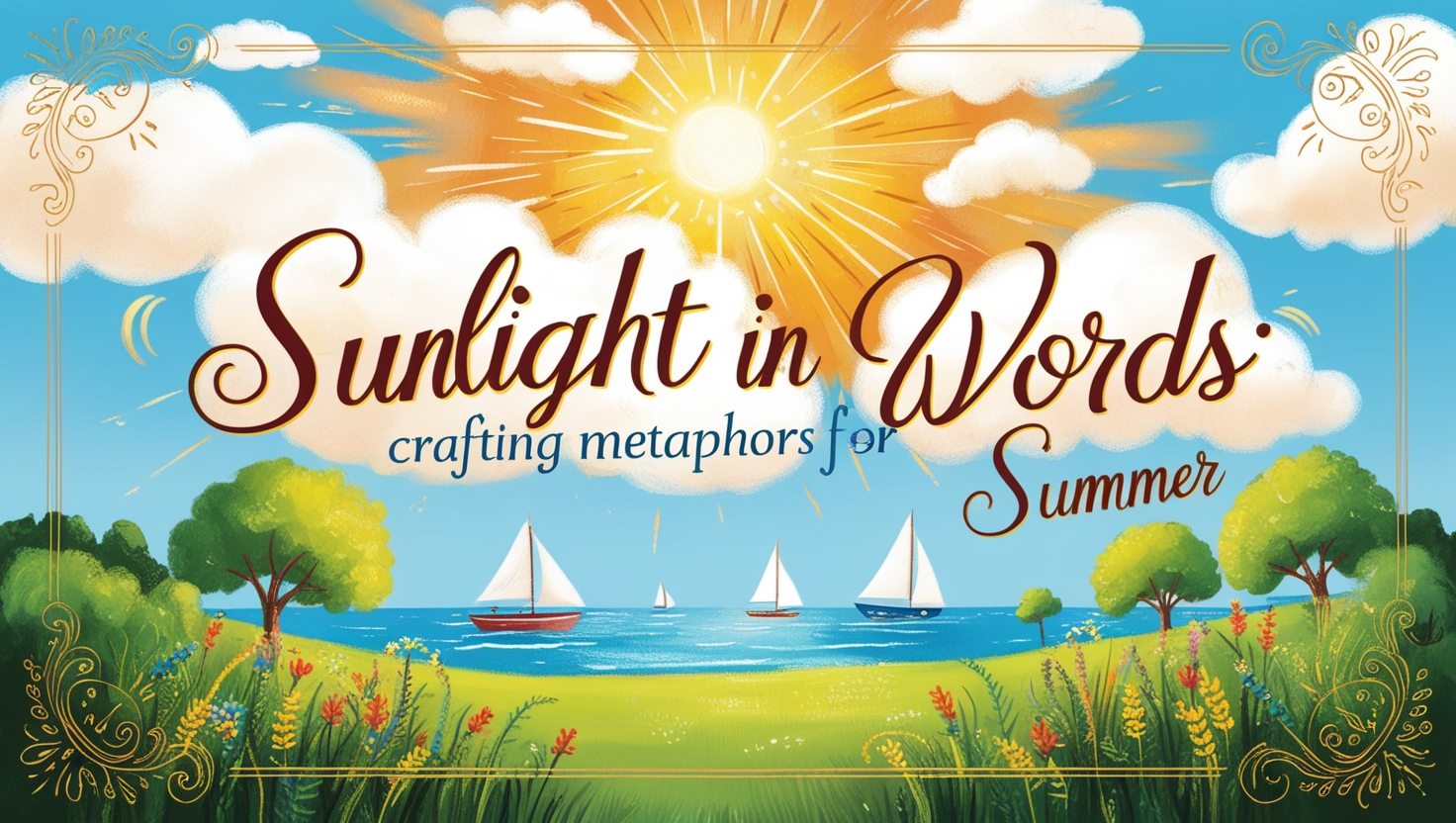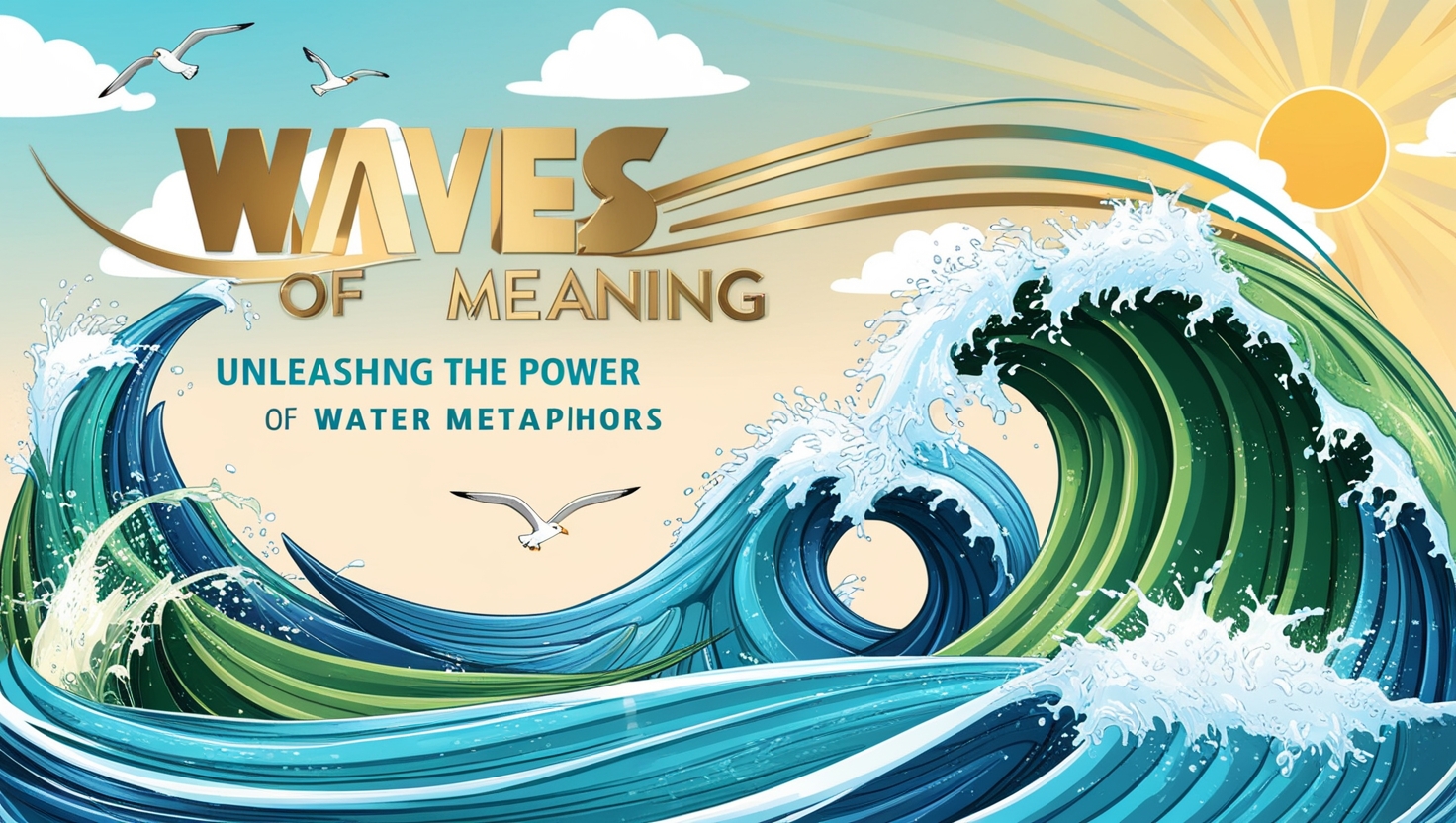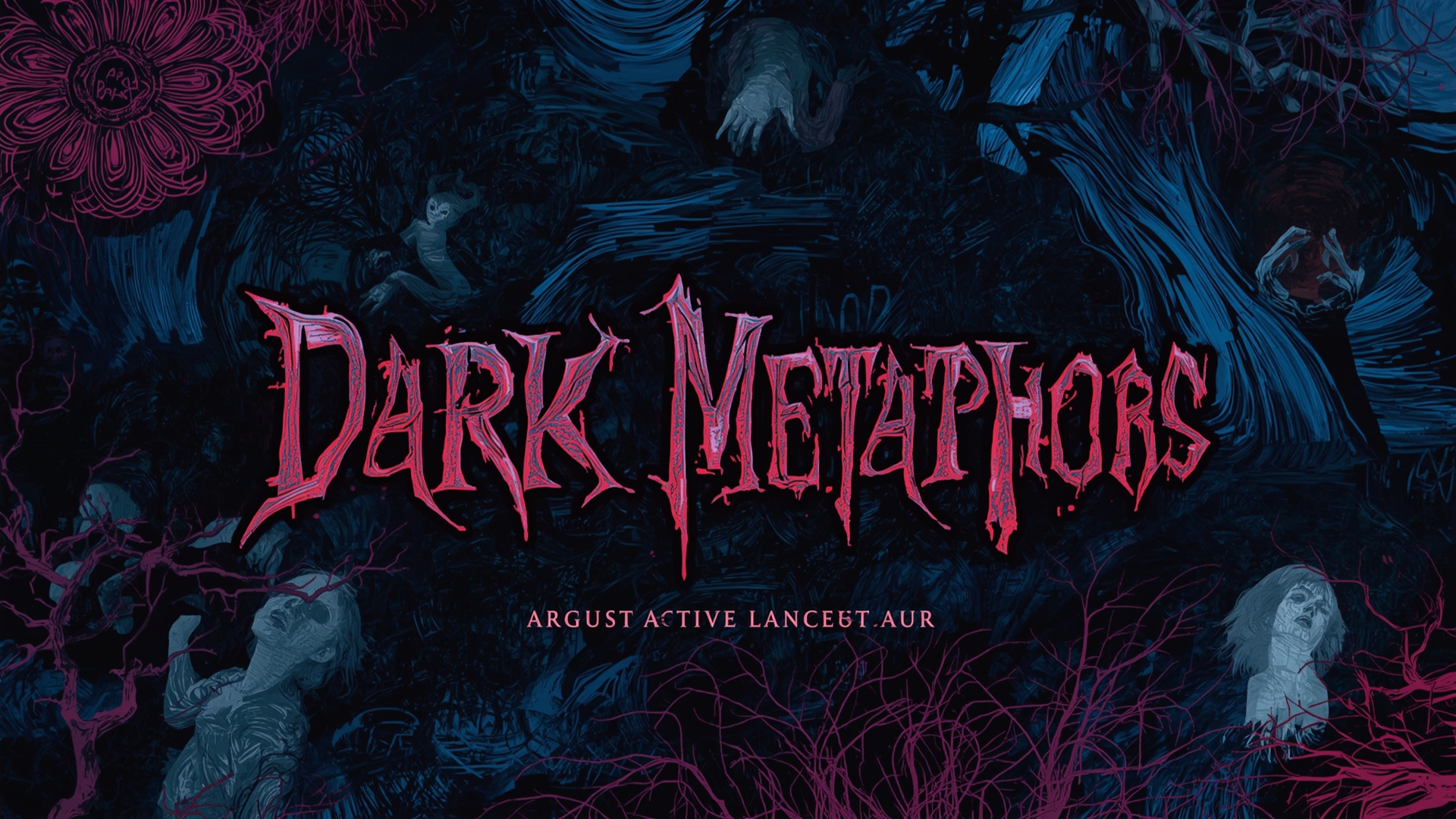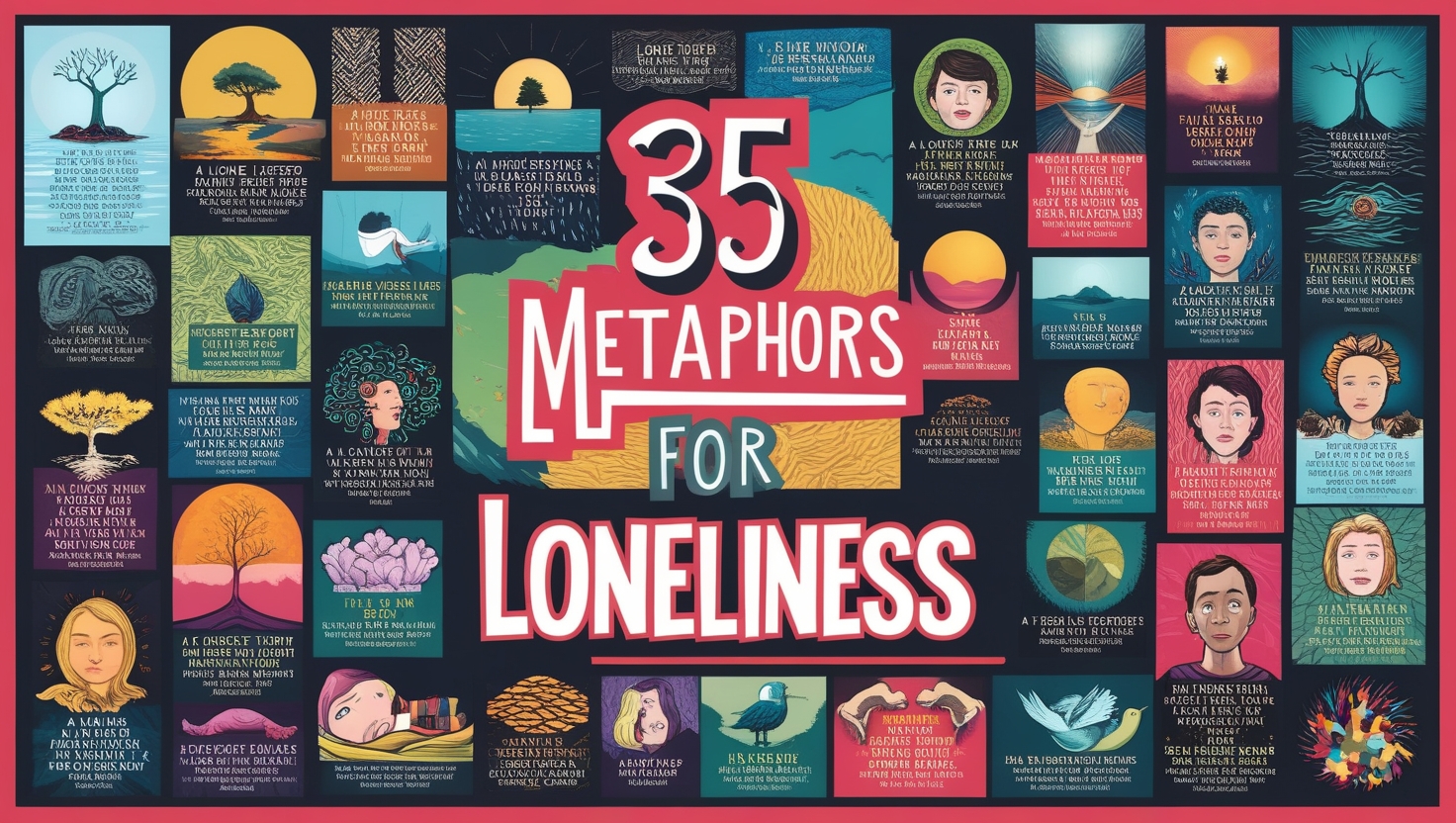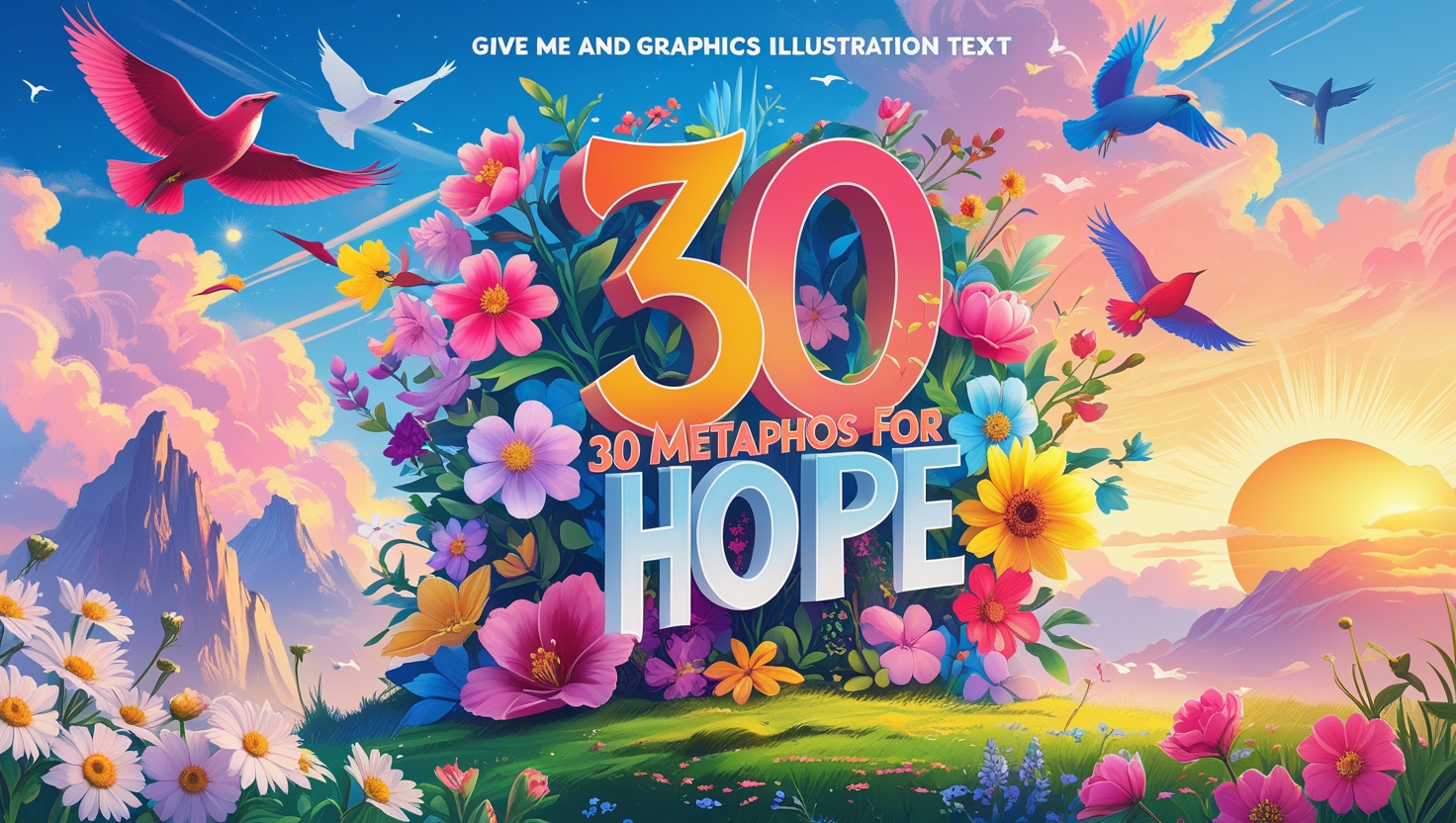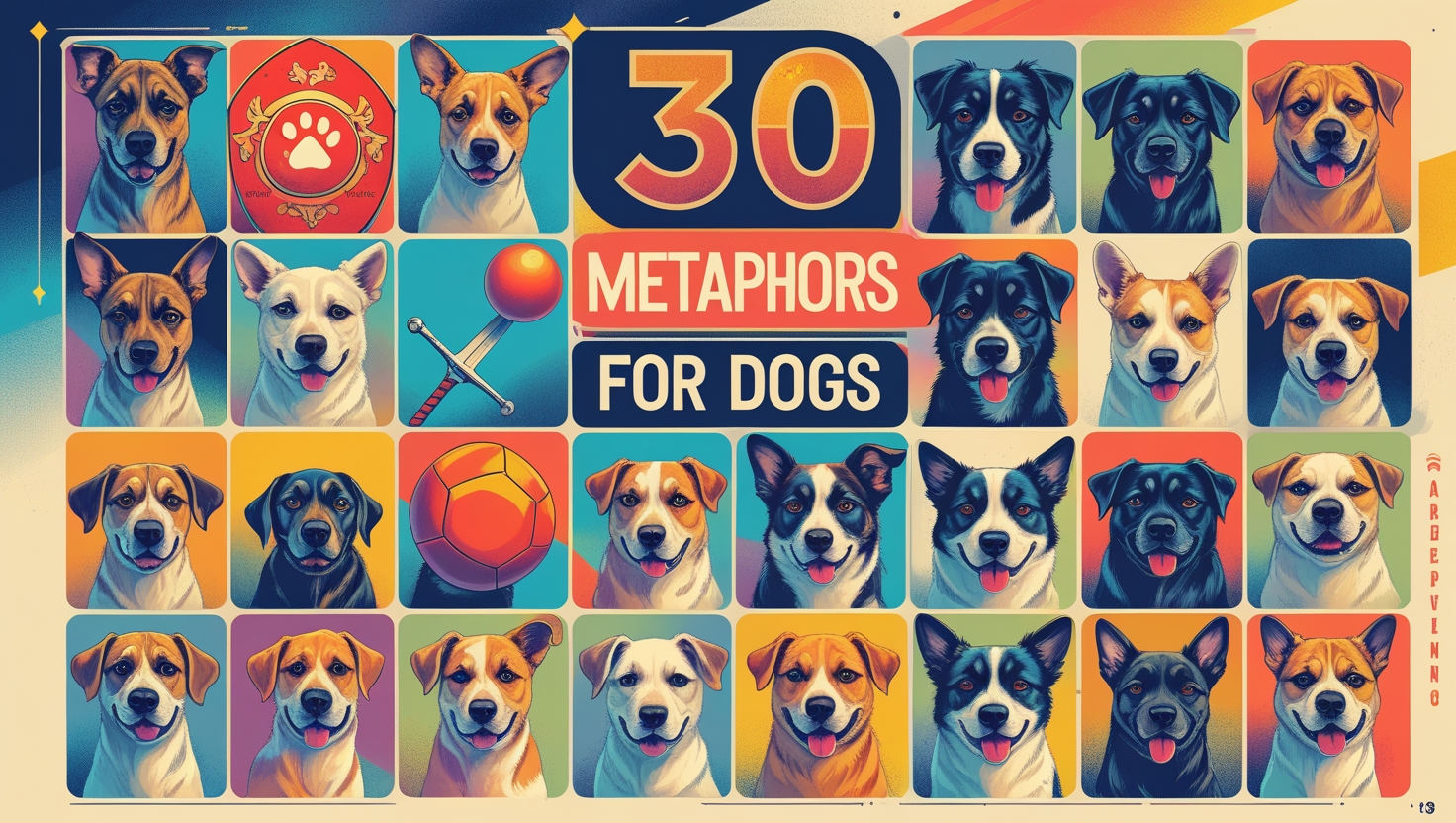Sunlight in Words: Crafting Metaphors for Summer
Metaphors for summer use rich, imaginative language to capture the season’s warmth, energy, and freedom.…
Vision Beyond Sight: Symbolic Metaphors for Eyes
Metaphors for eyes use vivid imagery to describe emotion, perception, and personality through symbolic language.…
Waves of Meaning: Unleashing the Power of Water Metaphors
Dive into the depth of expression with powerful water metaphors that reflect emotion, change, clarity,…
Haunting Imagery: The Art of Dark Metaphors
Dark metaphors use shadowy, intense imagery to express fear, sorrow, mystery, or the unknown, turning…
Metaphors for Fear Unmasked
Metaphors for fear turn invisible emotions into vivid imagery, helping us understand and express what…
35 Metaphors for Loneliness
"Metaphors for loneliness" use vivid imagery to express emotional isolation, capturing the depth of solitude…
30 Metaphors for Sadness
"Sad metaphors use vivid, symbolic language to express deep sorrow or emotional pain, turning intangible…
30 Metaphors for Hope
A metaphor for hope uses vivid imagery to express optimism, like comparing hope to light…
30 Metaphors for Dogs
Dog metaphors symbolically express traits like loyalty, aggression, or instinct by comparing people or situations…
